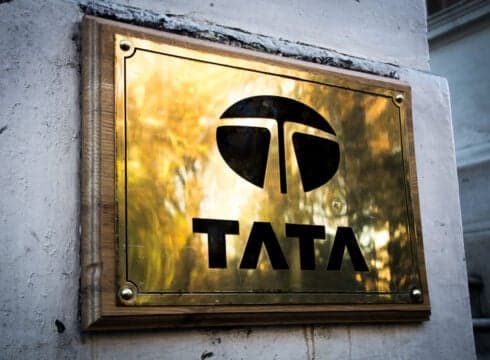While the negotiations are ongoing, the acquisition is likely to value Fabindia at a figure lower than the previously estimated $2.5 Bn
For the Tata group, this potential acquisition represents a strategic expansion within the ethnic wear sector
Fabindia's growth has stagnated over the years, although it has been actively expanding its presence through both offline and online channels
Inc42 Daily Brief
Stay Ahead With Daily News & Analysis on India’s Tech & Startup Economy
Tata Group has initiated discussions with the promoters and shareholders of Fabindia for a stake or an outright buy of the ethnic apparel business.
While the negotiations are underway, the acquisition is likely to value Fabindia at a figure lower than the previously estimated $2.5 Bn, which was projected during the clothing company’s aborted initial public offering, Business Line reported.
For the Tata Group, this potential acquisition represents a strategic expansion within the ethnic wear sector. Its retail arm, Trent, already offers apparel under various brand names such as Westside, Zudio, and Utsa.
Moreover, Fabindia’s commitment to traditional techniques, hand-woven fabrics, and sustainable sourcing aligns well with the ethos of the Tata Group.
Meanwhile, Fabindia is seeking funds not only to reduce its debt burden but also to enhance its production capacity and revitalise its clothing line.
The initial public offering (IPO) was intended to offer an exit opportunity for several investors, including Premji Invest, which holds over 20% stake through PI Opportunities Fund, and Bajaj Holdings. The majority of the IPO was planned as an offer for sale (OFS) by promoters and other shareholders, with an additional INR 500 Cr earmarked for raising funds through a fresh issue.
Back in January, Fabindia agreed to sell its subsidiary Organic India to Tata Consumer Products at an enterprise value of INR 1,900 Cr. This was part of its restructuring exercise after it abandoned its INR 4,000 Cr IPO last year, citing uncertain market conditions.
Fabindia’s growth has stagnated over the years, although it has been actively expanding its presence through both offline and online channels. The company has been opening new stores to reach more customers and has been continuously improving its e-commerce website to enhance its online presence and cater to the growing demand for online shopping.
However, its struggle to appeal to Gen Z and millennial demographics presents a significant challenge for the retailer, despite being a pioneer in sustainable sourcing and supporting artisans for over six decades. The company faces fierce competition from trendier and more affordable rivals, exacerbating its predicament.
Among all the sub-segments in the D2C segment, fashion has the highest growth potential and is estimated to reach $43.2 Bn by 2025. Apparel and footwear is the most significant fashion category, expected to account for nearly 77.6% of the total online fashion market by 2025. Besides its growth potential, fashion was the most funded D2C sub-segment, raising $756 Mn between 2014 and 2021.
Note: We at Inc42 take our ethics very seriously. More information about it can be found here.


